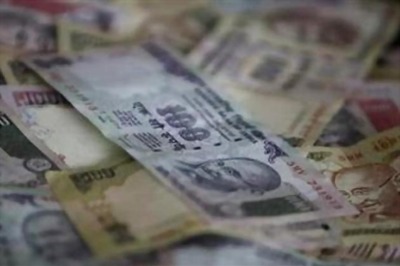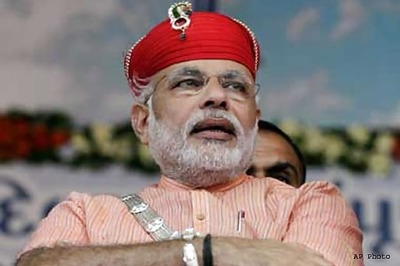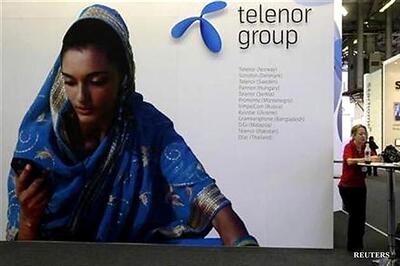
views
New Delhi: Disney Research has come up with a new way to let people feel what is on their touchscreen surfaces. A person sliding a finger across a topographic map displayed on a touchscreen can feel the bumps and curves of hills and valleys, despite the screen's smooth surface, with the help of a new algorithm created by Disney Research for tactile rendering of 3D features and textures.
The underlying hypothesis is that when a finger slides on an object then minute surface variations are sensed by friction-sensitive mechanoreceptors in the skin. Thus, modulating the friction forces between the fingertip and the touch surface would create illusion of surface variations.
"Our brain perceives the 3D bump on a surface mostly from information that it receives via skin stretching," said Ivan Poupyrev, who directs Disney Research, Pittsburgh's Interaction Group. "Therefore, if we can artificially stretch skin on a finger as it slides on the touchscreen, the brain will be fooled into thinking an actual physical bump is on a touch screen even though the touch surface is completely smooth."
The method can be used to simulate the feel of a wide variety of objects and textures.
The algorithm is based on a discovery that when a person slides a finger over a real physical bump, the person perceives the bump largely because lateral friction forces stretch and compress skin on the sliding.####




















Comments
0 comment